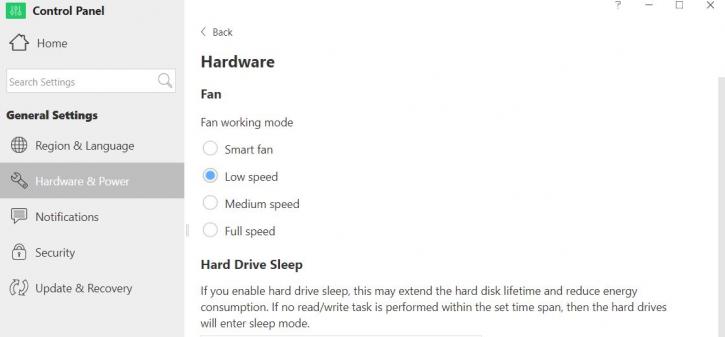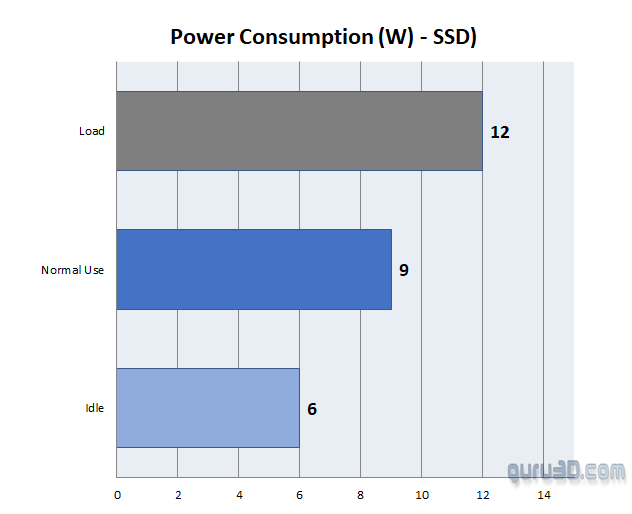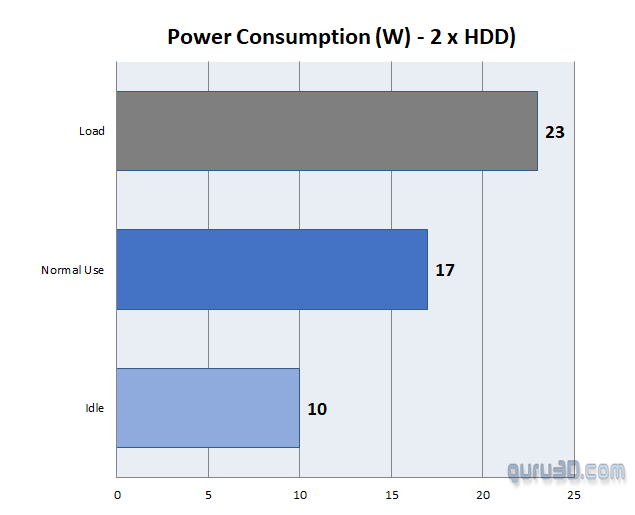Power Consumption & Noise levels
Noise Levels
When computer hardware produces a lot of heat, that heat usually needs to be transported away from the hot core as fast as possible. Often, you'll see massive active fan solutions that can indeed get rid of the heat, yet all the fans these days make the PC, a noisy son of a gun. Do remember that the test we do is extremely subjective. We bought a certified dBA meter and will start measuring how many dBA originate from the PC. Why is this subjective you ask? Well, there is always noise in the background, from the streets, from the HDD, PSU fan, etc., so this is, by a mile or two, an imprecise measurement. You could only achieve objective measurement in a sound test chamber. The human hearing system has different sensitivities at different frequencies. This means that the perception of noise is not at all equal at every frequency. Noise with significant measured levels (in dB) at high or low frequencies will not be as annoying as it would be when its energy is concentrated in the middle frequencies. In other words, the measured noise levels in dB will not reflect the actual human perception of the loudness of the noise. That's why we measure the dBA level. A specific circuit is added to the sound level meter to correct its reading in regards to this concept. This reading is the noise level in dBA. The letter A is added to indicate the correction that was made in the measurement. Frequencies below 1 kHz and above 6 kHz are attenuated, whereas frequencies between 1 kHz and 6 kHz are amplified by the A-weighting.
Examples of Sounds Levels
| Jet takeoff (200 feet) | 120 dBA | |
| Construction Site | 110 dBA | Intolerable |
| Shout (5 feet) | 100 dBA | |
| Heavy truck (50 feet) | 90 dBA | Very noisy |
| Urban street | 80 dBA | |
| Automobile interior | 70 dBA | Noisy |
| Normal conversation (3 feet) | 60 dBA | |
| Office, classroom | 50 dBA | Moderate |
| Living room | 40 dBA | |
| Bedroom at night | 30 dBA | Quiet |
| Broadcast studio | 20 dBA | |
| Rustling leaves | 10 dBA | Barely audible |
We measure with a certified dBA meter at a 40 cm distance from the NAS unit. If you will be using HDDs, these will make the noise you hear as under default setting the airflow can hardly be heard. We measure with SSDs installed. The default (smart) setting is good. You can alternatively select other fan profile modes. Our recommendation stick to the Smart or to Low option (when using the SSDs, for HDD it may be not enough).
We take measurements with a certified dBA meter at 40 cm from the NAS unit. We took measurements with the SSD installed to clearly check the noise of the TerraMaster F5-221. The default setting is good, but you can still select other fan profile modes.
Power Consumption
We placed our good old wattage meter between the wall power socket and the device to see how much power it actually consumes. The results above were measured based on two conditions - one SSD to measure the lowest power consumption and then the other range shown, done with a RAID1 (2X HDD). It is abundantly clear that SSDs are so much more power-consumption-friendly, so it’s your HDDs that consume the most energy.
Shall we conclude?





